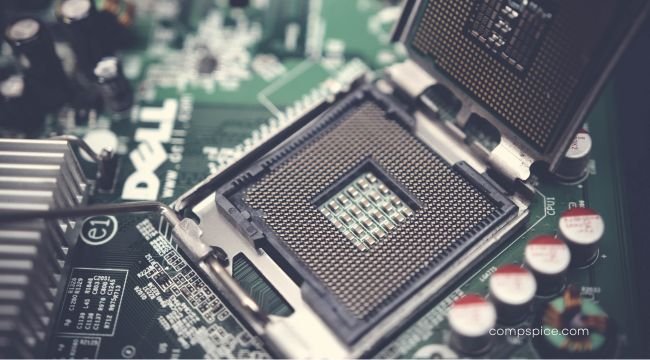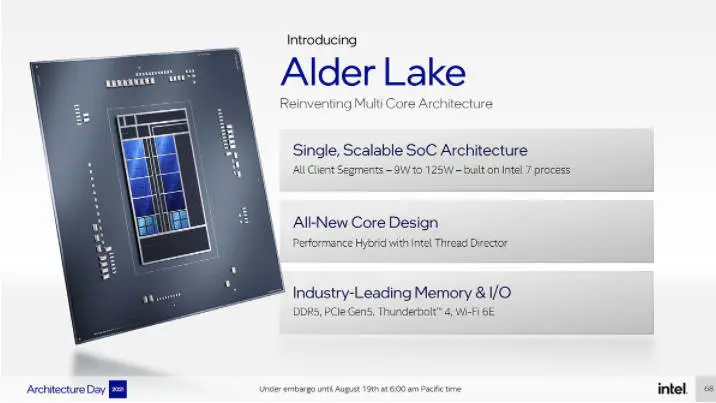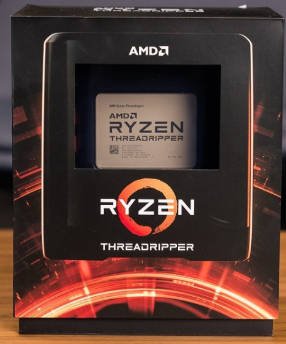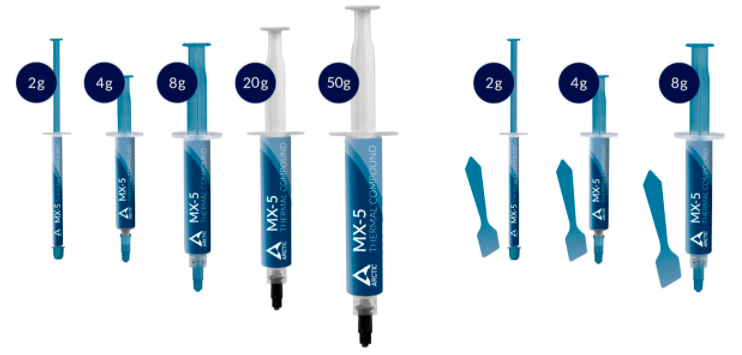
How to Choose the Right GPU for Your Software Needs
In today’s world, software applications are becoming increasingly complex and demanding, requiring more powerful hardware to run efficiently. Whether you’re a gamer, content creator, or professional designer, the right GPU can make a big difference in the performance and functionality of your software.
With the wide variety of GPUs available on the market, it can be very difficult to choose the right one for your needs. In this article, we’ll look at how to choose the right GPU for your software needs, taking into account factors such as compatibility, performance, and budget.
We’ll also provide tips on what features to look for in a GPU to get the most out of your software applications. By the end of this article, you’ll have a better understanding of what to look for when choosing a GPU that meets your needs.
And if you’re looking to upgrade your current configuration, we’ll also provide some tips on where to sell GPU to get the most out of your investment.
Understanding GPU Basics
A GPU, or graphics processing unit, is a specialized piece of hardware designed to handle complex graphical computations. While a CPU (central processing unit) is a general-purpose processor that handles a wide range of tasks, a GPU is specifically optimized for handling the kind of parallel computations required for graphics rendering.
At its most basic level, a GPU is composed of thousands of smaller processing units, called cores or shader units, which work together to handle the computational load of graphical operations. These cores are organized into groups called streaming multiprocessors (SMs), which are responsible for executing instructions in parallel.
The key components of a GPU include the memory, which is used to store data required for computations, the bus, which connects the GPU to the CPU and other hardware components, and the power supply, which is responsible for supplying the GPU with the necessary power to perform computations.
Compared to a CPU, a GPU is designed to handle a much higher volume of parallel computations simultaneously. This makes it much more effective at handling graphical operations such as 3D rendering, video encoding, and image processing. While a CPU may have only a handful of cores, a GPU can have thousands, making it much more efficient at handling complex graphical tasks.
Factors to Consider When Choosing a GPU
When choosing a GPU, there are several factors to consider, including:
- Compatibility: Ensure that the GPU you choose is compatible with your software applications.
- Power and performance requirements: Consider the power and performance requirements of your software to ensure that the GPU can handle the tasks you need it to.
- Budget and price range: Determine your budget and the price range you are willing to pay for a GPU.
- Brand reputation and customer support: Consider the brand reputation and customer support of the GPU manufacturer to ensure that you are purchasing a quality product.
Additional features to consider
In addition to compatibility, power, and budget, there are a few additional features you should consider when choosing a GPU. Depending on your specific software needs, some of these features may be more important than others.
Multi-monitor support is another feature to consider if you work with multiple displays. Some GPUs are capable of supporting multiple monitors, allowing you to expand your desktop to multiple screens or use them for different purposes.
Other important factors may include noise level and size. High-performance GPUs can generate a significant amount of heat and noise, which can be a concern if you’re working in a small or shared space. Be sure to consider the size of your GPU and its cooling system to make sure it fits comfortably into your system without generating too much noise and heat.
Conclusion
In conclusion, choosing the right GPU for your software needs is essential for achieving optimal performance and productivity. By considering factors such as compatibility, power and performance, budget, brand reputation, and additional features, you can select a GPU that fits your needs and budget.
If you’re looking to sell GPUs, make sure to highlight the advantages of the specific model you’re selling as well as its compatibility with popular software applications. Encourage readers to consider purchasing a GPU that fits their software needs, whether they are gamers, content creators, or professionals in a specific industry.
In the end, choosing the right GPU can make all the difference in the performance and productivity of your software applications. By taking the time to research and select the right GPU for your needs, you can ensure that your system is running at its best.



